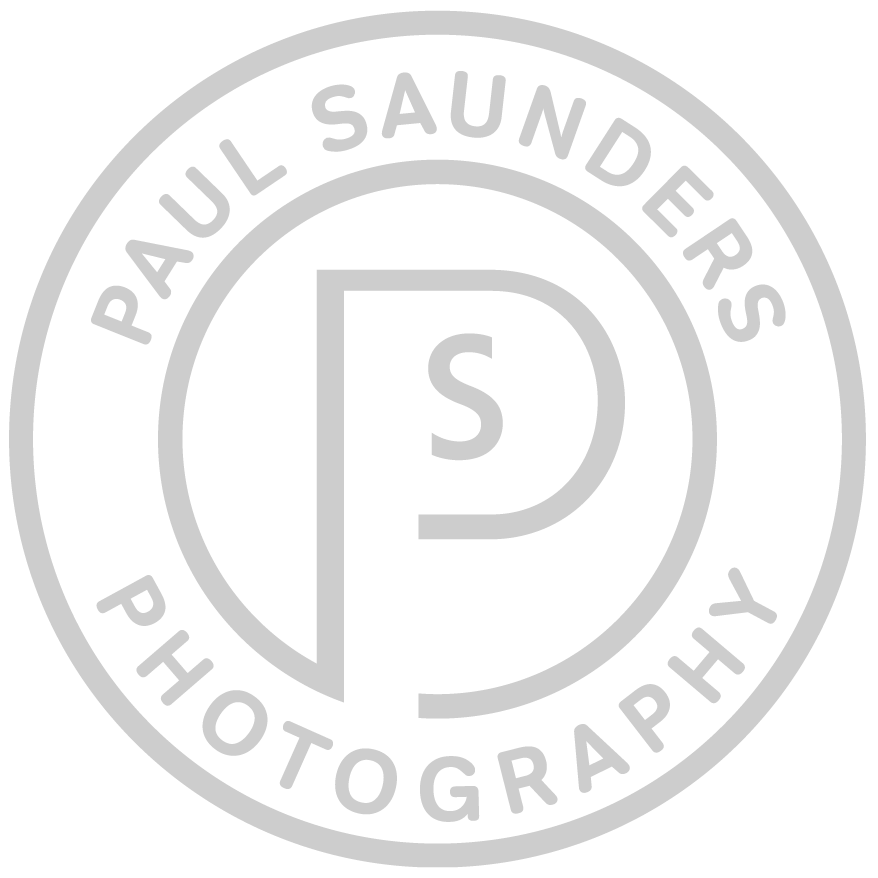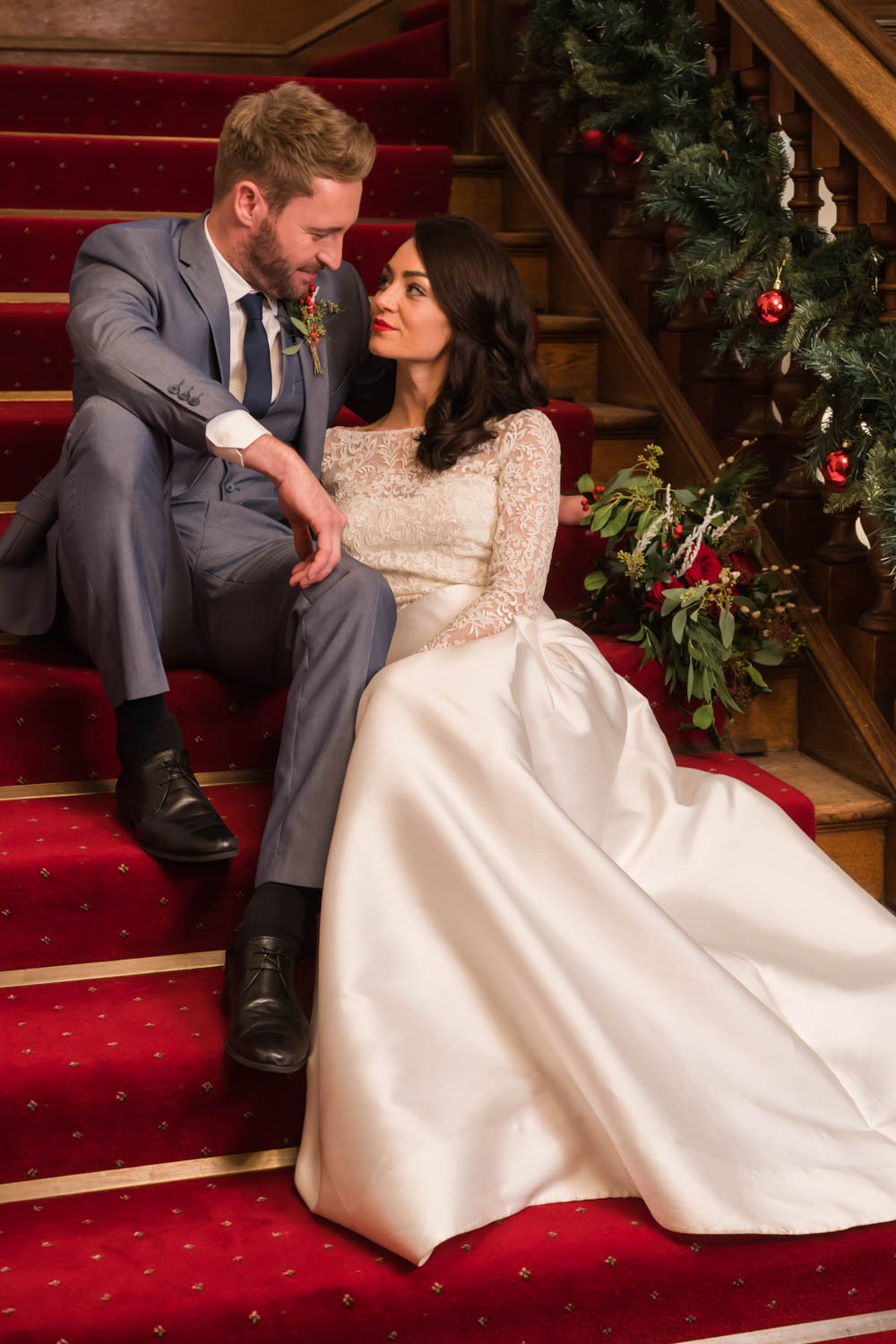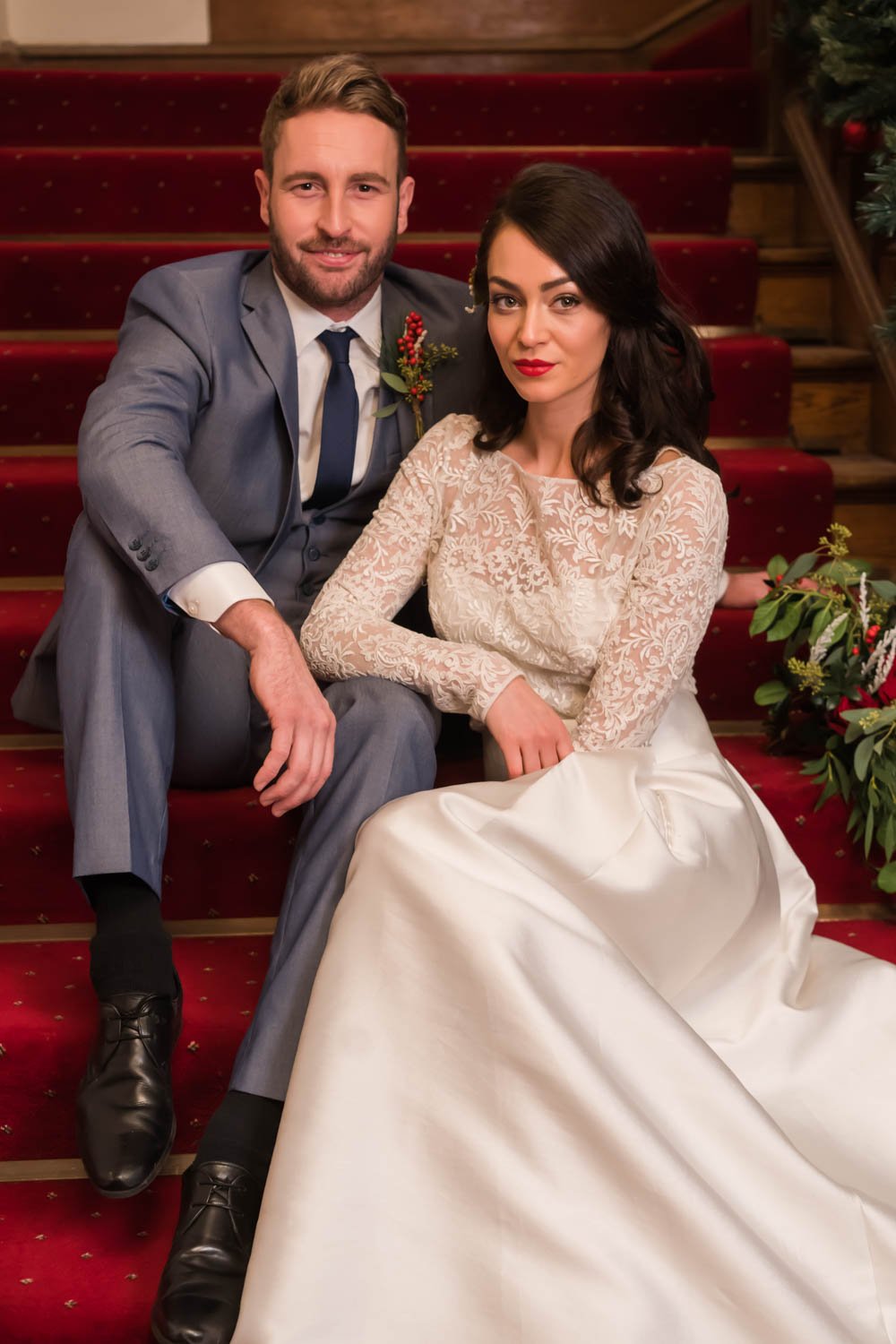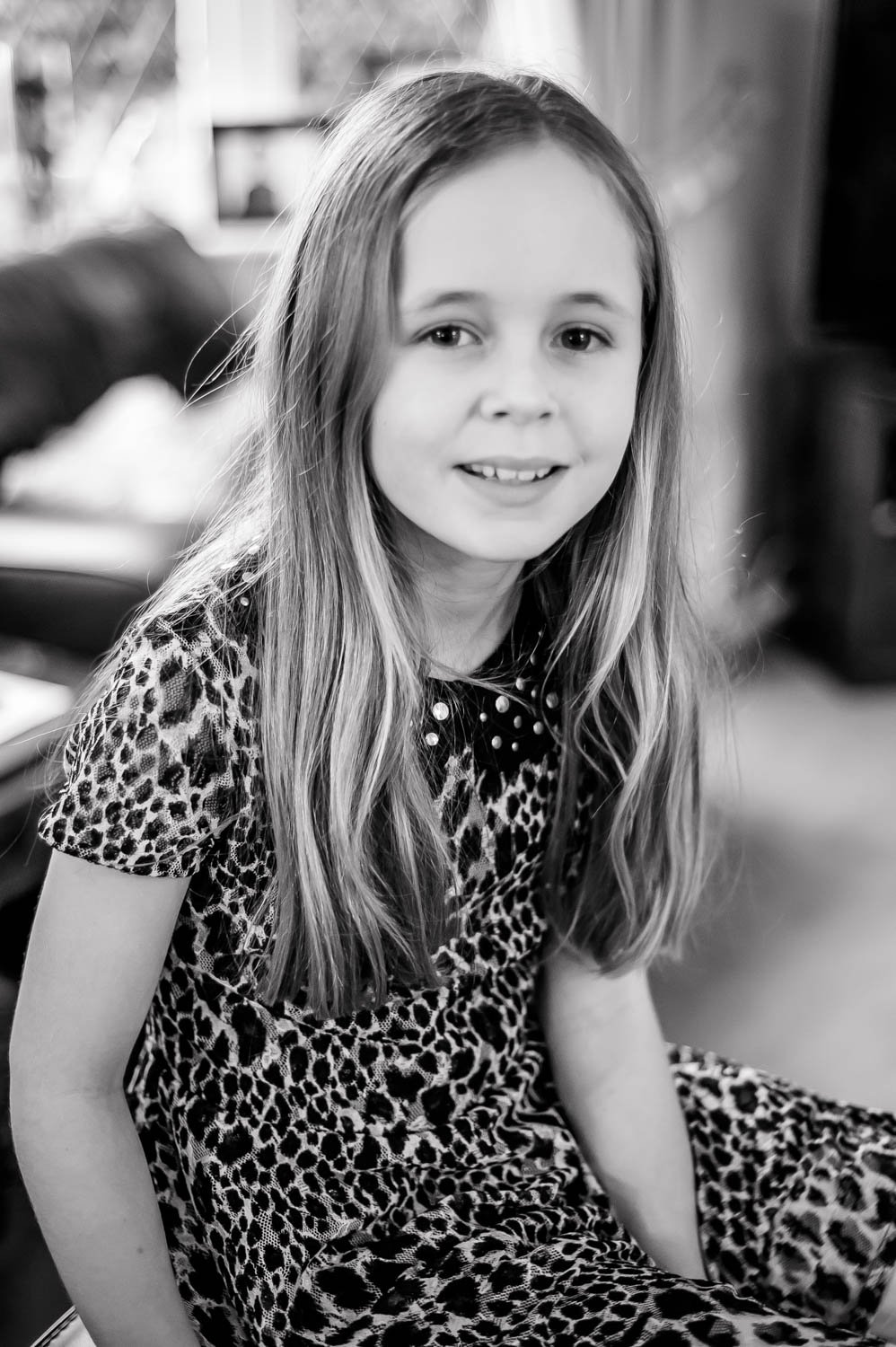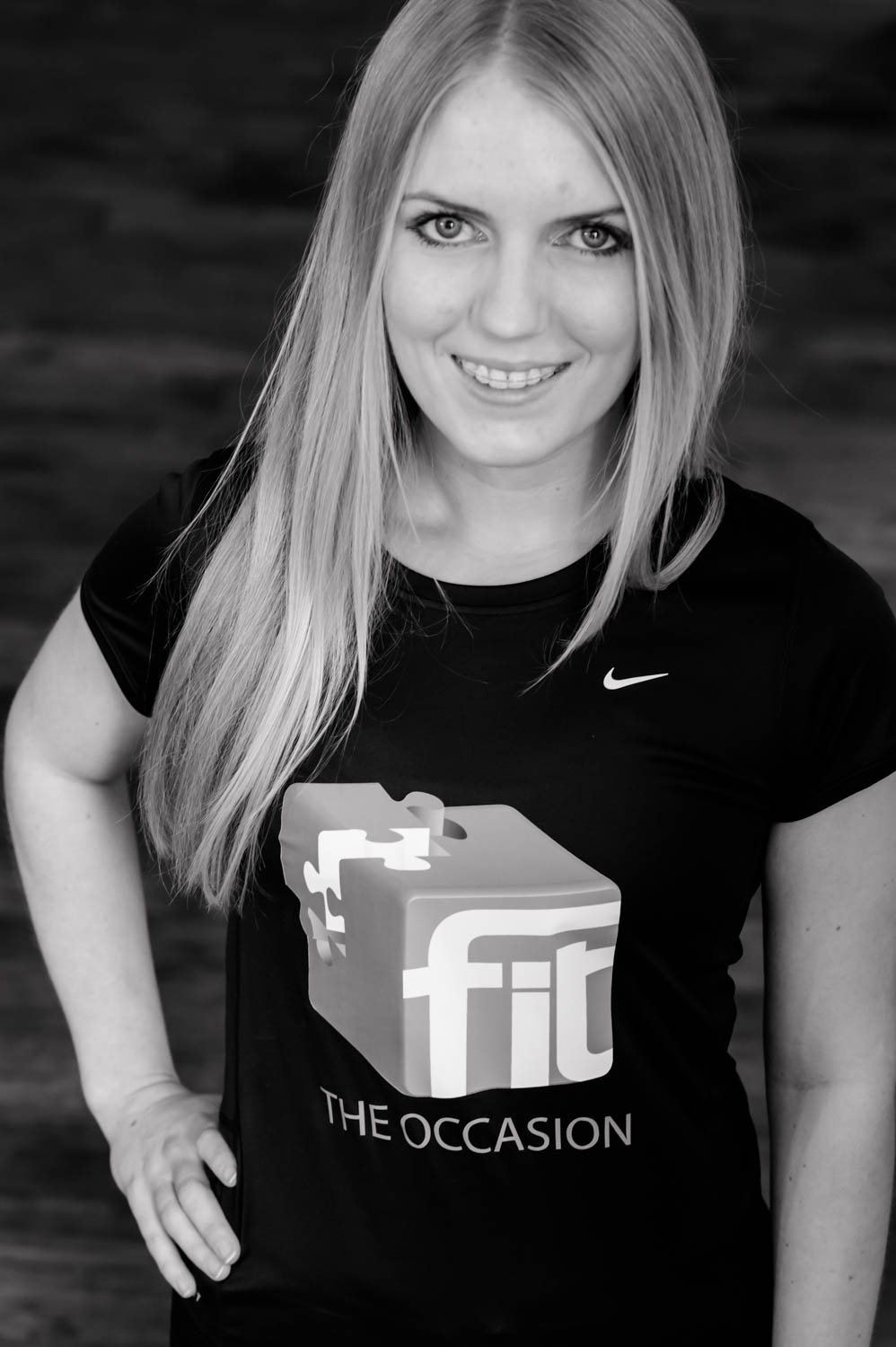Using a Prime Lens
Sony FE 55m 1.8
What are prime lenses?
Prime lenses have fixed focal lengths. So whereas with a zoom, as you turn the zoom to get closer to the subject, a fixed focal length is, as it suggests, fixed. Popular options include 35mm, 50mm, 55mm and 85mm, but there are more options.
But why would you use one? It would be better to have a 'one lens fits all requirements' option. Here are three reasons why I love prime lenses, with some examples of photographs I have taken using them (using both Sony and Nikon lenses, with pictures captioned showing lens used).
Sony FE 55m 1.8
1) Depth of Field
In my photography courses, I show participants the creative force of the aperture. For example, the ability to make a subject stand out with a shallow depth of field, i.e. the issue is sharp, and the background is blurred. Here are two examples above. For both (and the one below), you can see that you can bring the aperture down to as much as f1.8. I have used this option to blur the background of these portraits.
Often on a kit lens (unless you've paid a lot of money and usually on a full-frame camera), there is a limitation on how far you can control the aperture, so you get less depth of field.
2) Lightweight Lenses
Prime lenses have less complicated mechanisms as they're not zooms. Therefore they are lighter, easier to carry around and, in turn, make your camera operation much smaller.
This is good for travel photography when you want to carry light. This can also help with portraits as a massive lens can psychologically unsettle a nervous subject, plus the quality of the images is stunning, but more of that in the next point.
Nikon 35mm 1.8
3) Sharpnees
I love the quality of prime lenses. It can blow you away. You can achieve incredible sharpness, lovely colours and beautiful bokeh, which describes the blur in the out-of-focus backgrounds. As mentioned, this is especially effective for portraits.
Starting with Prime Lenses
The final point is that they are relatively inexpensive. I advise trying a 50mm first, then practice, practice, practice! It will take some getting used to as you need to have the luxury of zooming. It will, however, force you to be more creative about your compositions and also, if you're shooting down at f1.8 or thereabouts, you will need to focus very carefully.
Once you suss it, you won't look back and whilst there is still a good place for your trusty zoom, this does give you some great options, especially for portraits and street photography.
If you want to find out about any of my photography services, please get in touch.
Sony FE 55mm 1.8
About Paul
Paul Saunders, a professional photographer, is based in Loch Lomond & The Trossachs National Park, photographing weddings, families and businesses throughout Scotland. He also runs popular short photography training courses. Visit Paul’s other websites Paul Saunders Marketing & See Loch Lomond.
Thanks for reading this blog about prime lenses.
